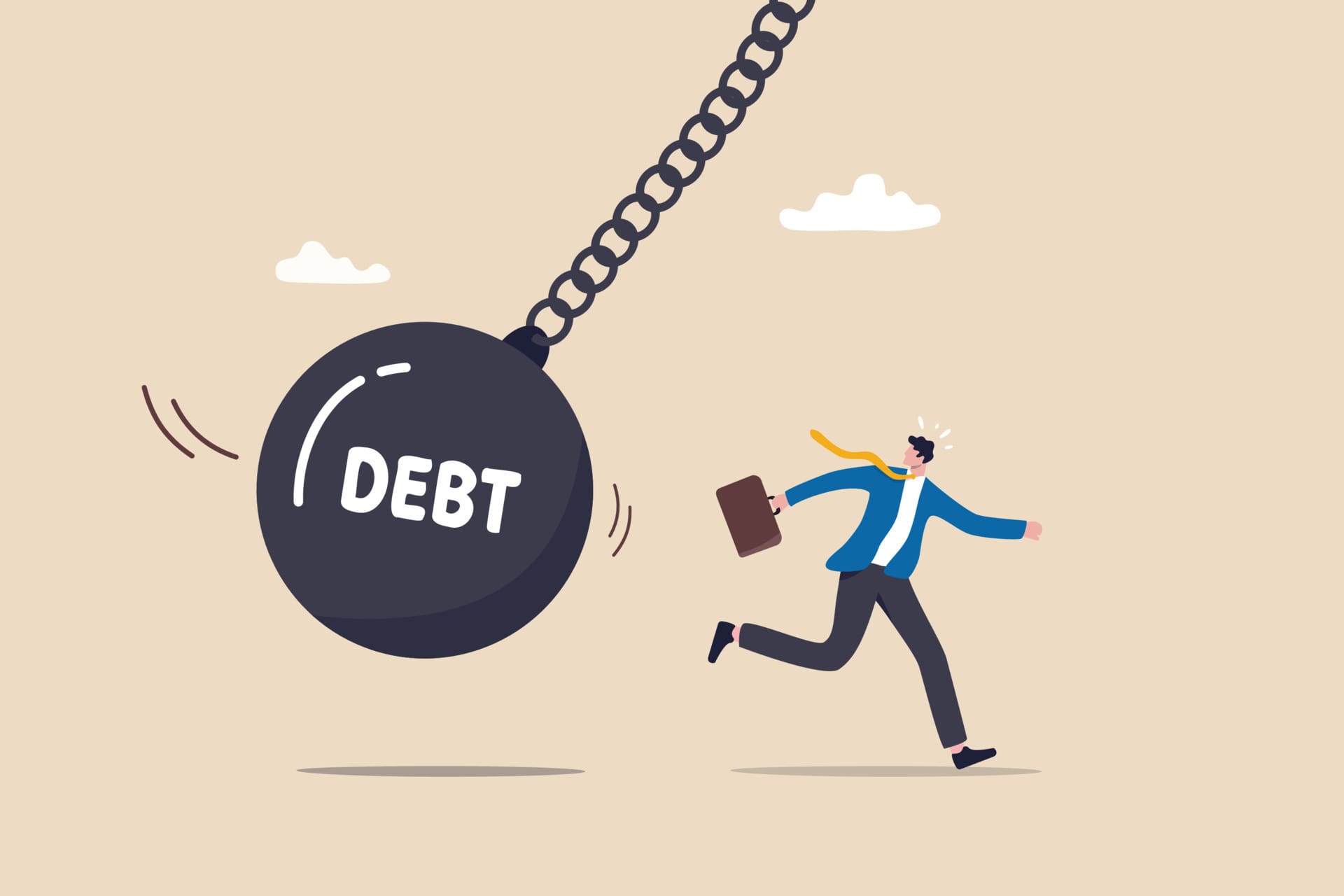Navigating Logbook Loan Defaults and Financial Hardship: A Comprehensive Guide

Stuck between a ticking clock and an empty wallet? Logbook loan defaults can feel like a financial tightrope walk, with your vehicle hanging in the balance. This guide is your roadmap through the twists and turns of logbook loan troubles, helping you come out on the other side.
I. Understanding Logbook Loan Default
a) What constitutes a default;
Default occurs when you fail to meet the agreed-upon terms of your loan agreement. Missed payments are the common cause of default. The number of missed payments that trigger a default can vary depending on the lender's terms, but it's often after 2-3 consecutive missed payments.
Partial payments can also lead to default. Consistently making only partial payments without prior arrangement with the lender can also lead to default
b) Standard procedures when a default occurs;
- Initial Contact:The lender will attempt to contact you (the borrower) via phone, email, or SMSThey'll inform you of the default status and request immediate payment.
- Formal Notice of Default:If initial contact doesn't resolve the issue, a formal written notice is sent.This document outlines the nature of the default and potential consequences.
- Grace Period:Many lenders offer a short grace period (often 7-14 days) to allow the borrower to rectify the situation.During this time, the borrower can make missed payments or negotiate a new repayment plan.
- Negotiation Attempts:Lenders may offer to restructure the loan or provide temporary payment relief.This could include extending the loan term or temporarily reducing payments.
- Vehicle Repossession:If all else fails, the lender may repossess the vehicle.This is usually done through a licensed recovery agent commonly referred to as an auctioneer in Kenya
- Sale of Vehicle:The repossessed vehicle may be sold to recover the outstanding debt.Any surplus after the debt is cleared should be returned to the borrower.
c) Legal implications of defaulting on a logbook loan;
- The obvious implication of default is repossession and loss of the vehicle.
- If the sale of the repossessed vehicle doesn't cover the outstanding debt, the lender may pursue court action to recover the remaining balance in the small claims court.
II. Early Warning Signs of Default
Early detection of financial strain can help borrowers take proactive steps to avoid defaulting on their logbook loan. Here are key indicators of financial struggles and warning signs of potential default.
- Struggling to make the minimum required payments on your logbook loan or frequently making late payments
- Neglecting Other Financial Obligations to prioritize the logbook loan payment at the expense of other important bills.
- Depleting Savings: Regularly dipping into savings to cover monthly expenses including payments of the logbook loan
III. Steps to Take When Struggling with Repayments
a) Assessing your financial situation; Review your income, expenses, and debts and Identify areas where you can potentially cut costs
b)Prioritize Your Debts: List all your debts then prioritize secured debts like your logbook loan to avoid risking your vehicle
c) Communicating with your lender: Don't wait till you miss a payment. Early communication prevents escalation, reduces stress, and opens up more options.
d) Explore Repayment Options: Most lenders are willing to restructure the loan terms and have new repayment options.
e) Increase Your Income; Look for ways to boost your income, such as starting a side hustle or Selling items you no longer need to raise funds for repayments
IV. Alternatives to Consider Before Defaulting
a) Selling the vehicle and settling the loan: If the vehicle is worth more than the outstanding loan, selling it could clear the debt and leave you with some cash. However, you will need the lender's permission, as they technically own the vehicle
b) Refinancing options Refinancing: Seek a new loan with different terms to pay off the logbook loan. Be aware of any early repayment charges on your current loan
c) Borrowing from family or friends; If possible, borrow money to cover repayments temporarily. However, ensure you have a clear repayment plan to avoid damaging relationships
V. The Repossession Process
When all alternatives fail, the lender may result in repossession.
a)They will issue a repossession Order to a licensed recovery agent.
- The recovery agent will attempt to locate and seize the vehicle.
- This can happen at your home, workplace, or wherever the vehicle is found.
- You're legally required to hand over the vehicle.
b) After repossession, the recovery agent gives a notice of sale, in most cases seven days after repossession. The lender is also likely to send you an email notifying you of the same.
c) Options for reclaiming your vehicle: Pay the loan. If loan restructuring is an option, explore it. Find a buyer of your choosing.
VI. Rebuilding Your Finances Post-Default/Repossession
a)Assess Your Current Financial Situation; Review your income, expenses, and remaining debts to understand your financial position.

b)Deal with Any Remaining Debt: If there's a shortfall after repossession, negotiate a repayment plan with the lender. Create a repayment plan for any remaining debt.
c)Rebuild Responsibly: Be cautious about taking on new credit. If you do use credit, start small and manage it carefully.
d)Practice Patience: Rebuilding takes time; be patient with the process. Celebrate small financial wins along the way.
e)Address Emotional Impact: Seek support if you're struggling emotionally with a financial setback.
Remember!
"Tough times never last, but tough people do." – Robert H. Schuller
Fortunes change, tomorrow holds hope for a better day!
Do you quick financial assistance? #KifedhaGotYou. Contact us through our contact form, call us at +254791573231 or visit one of our branches to explore financial opportunities.




Comments ()